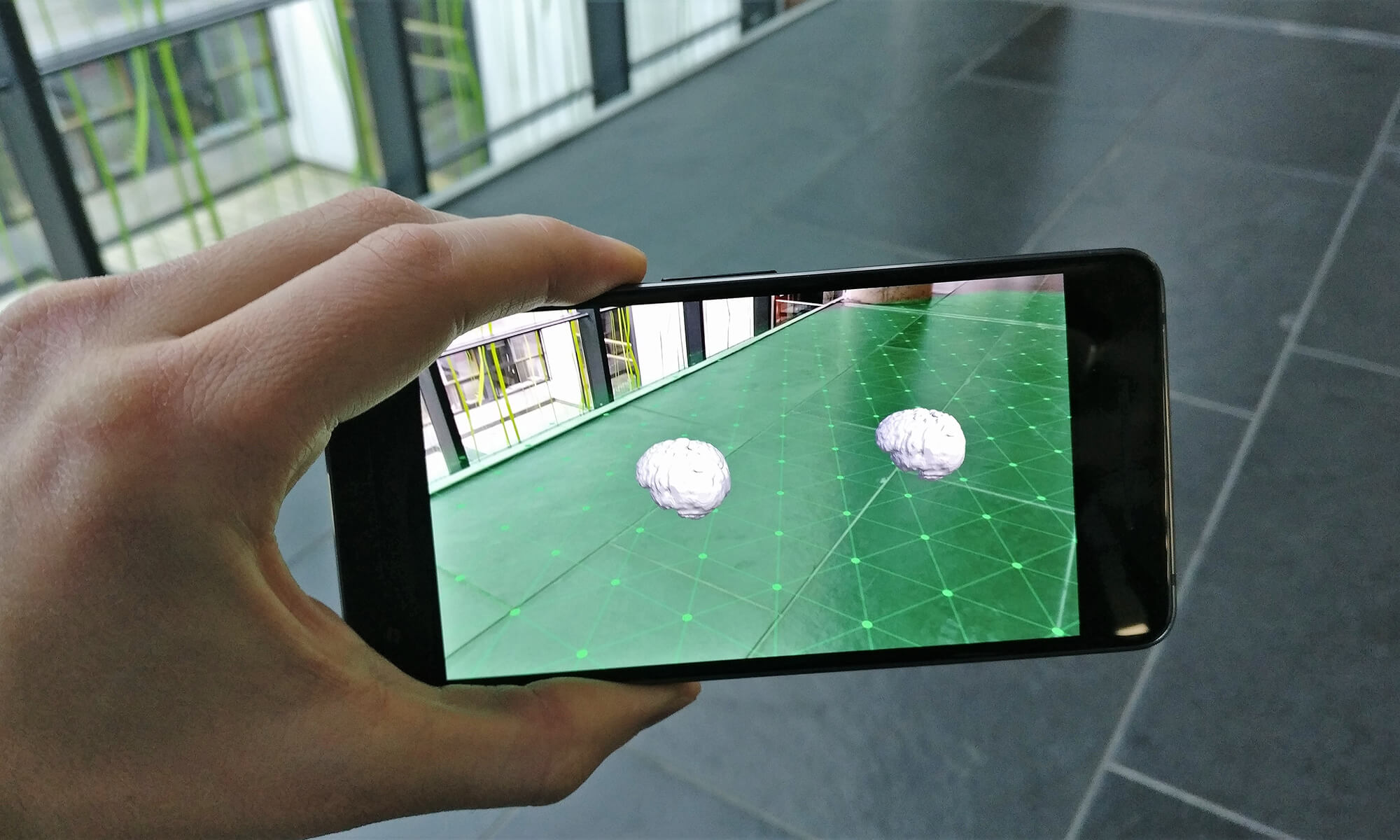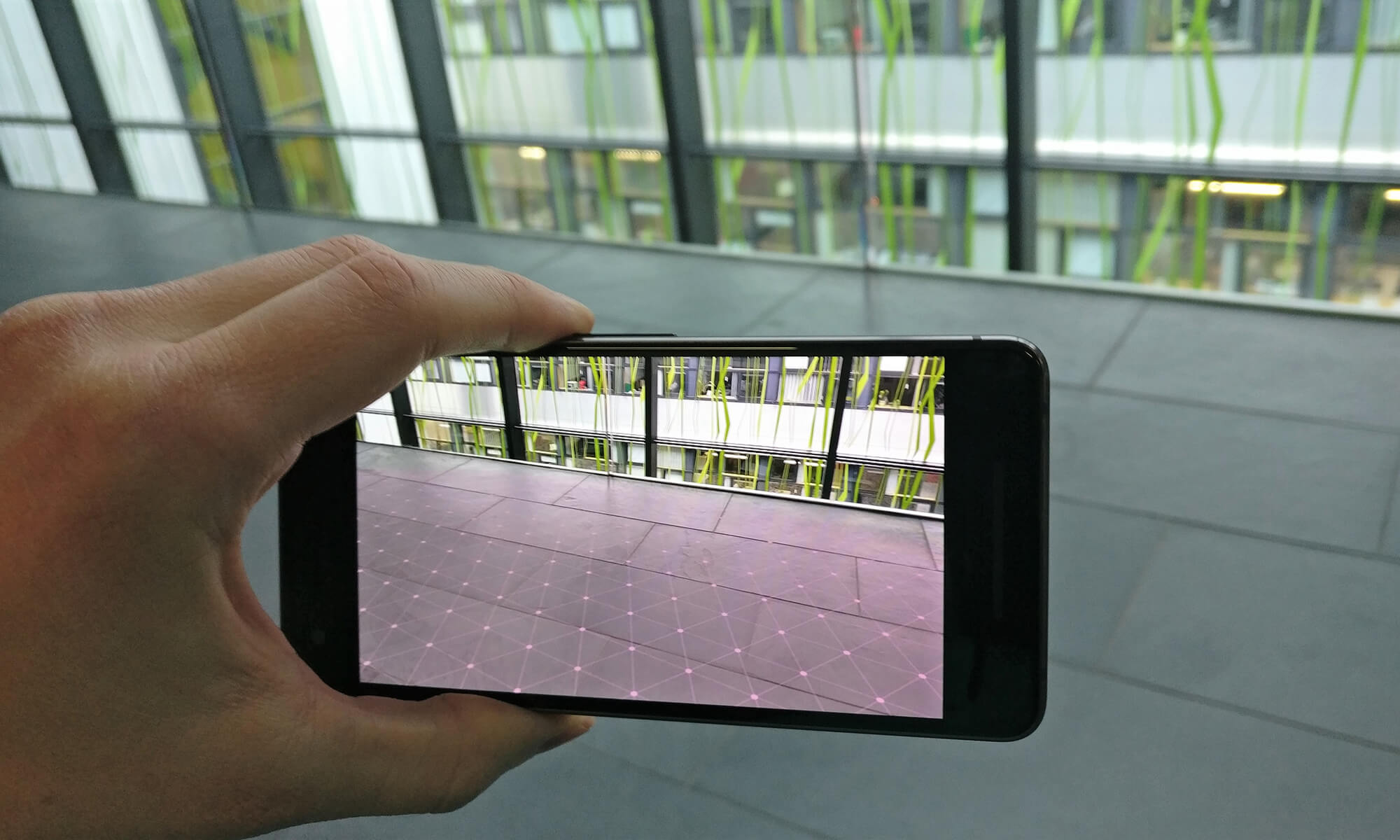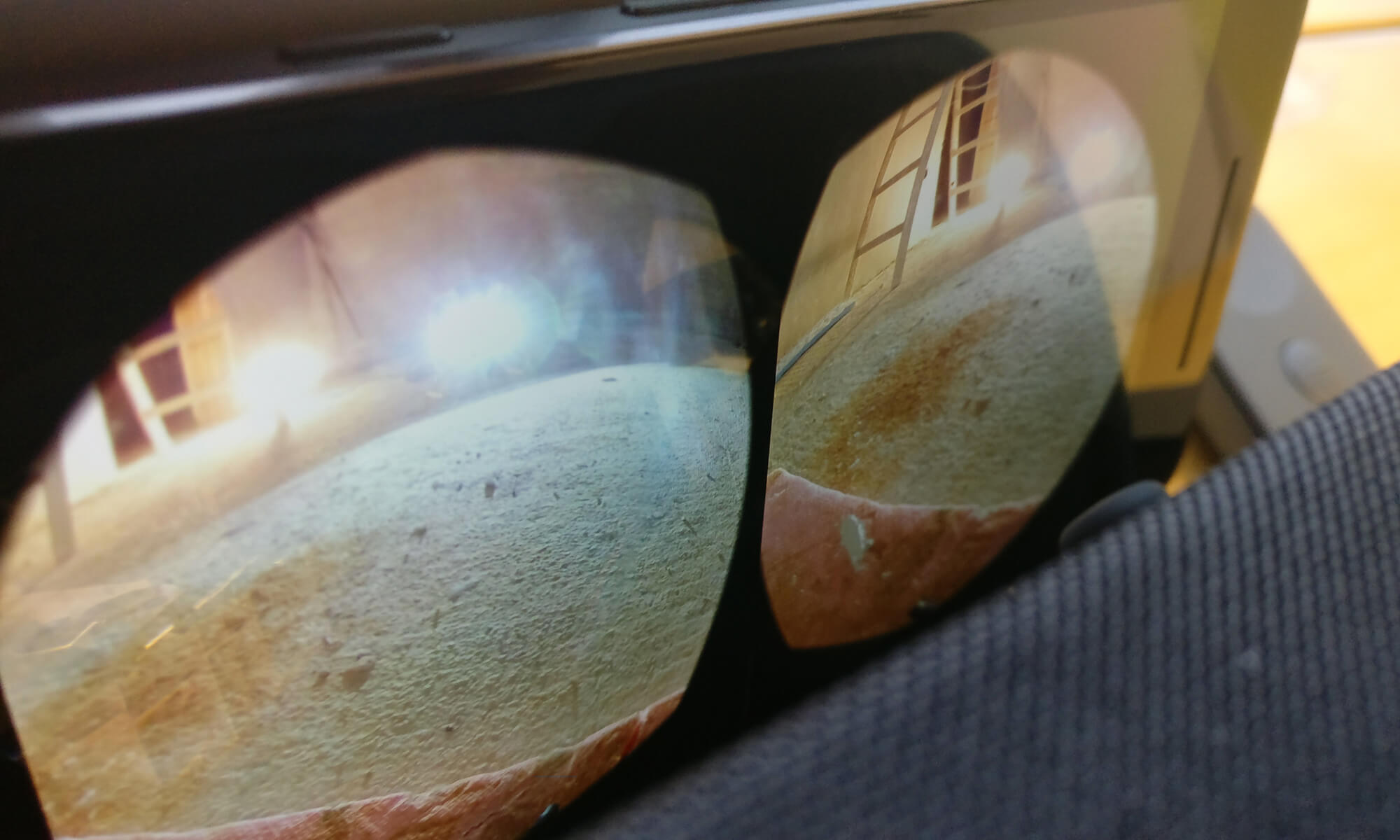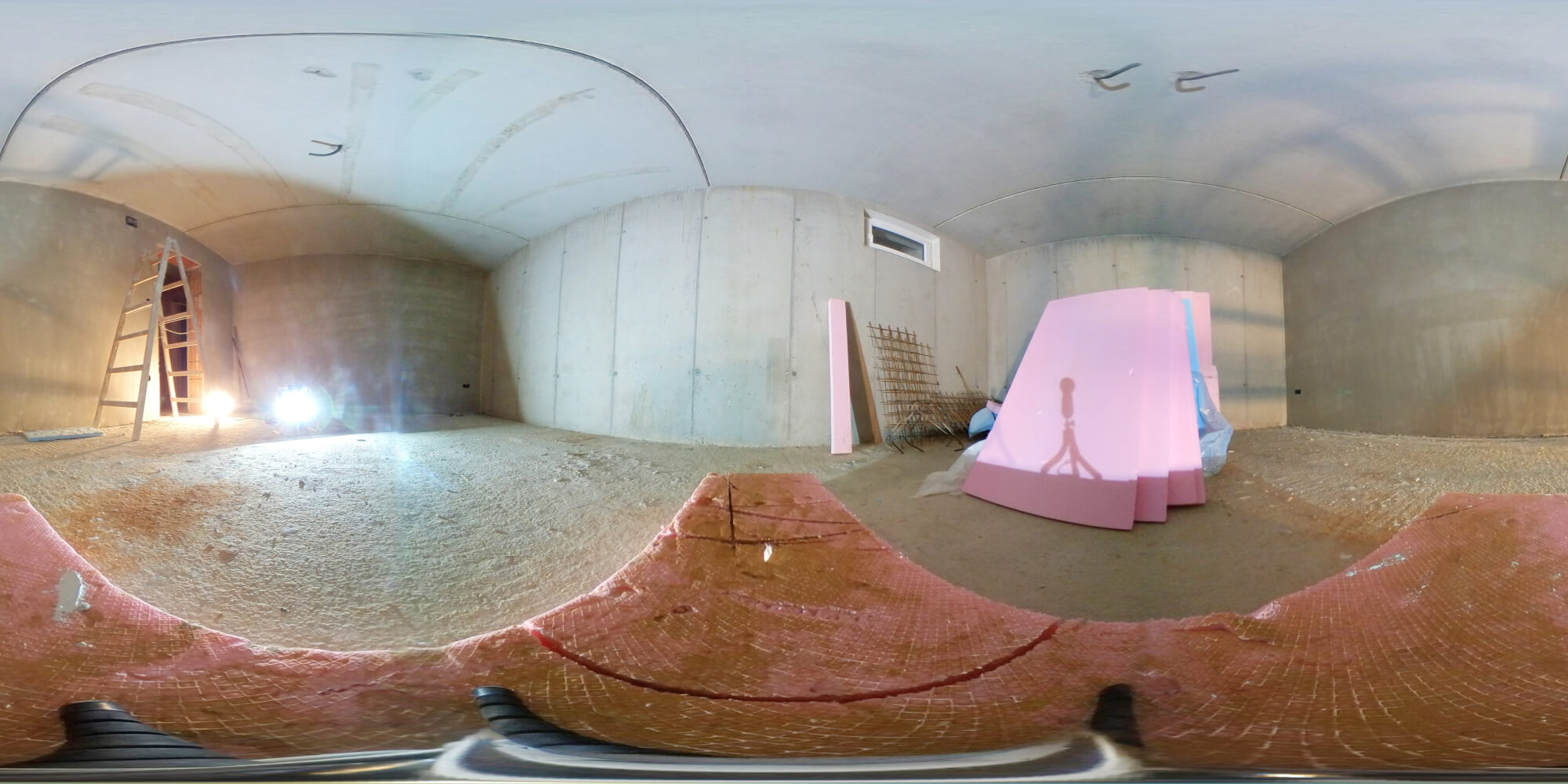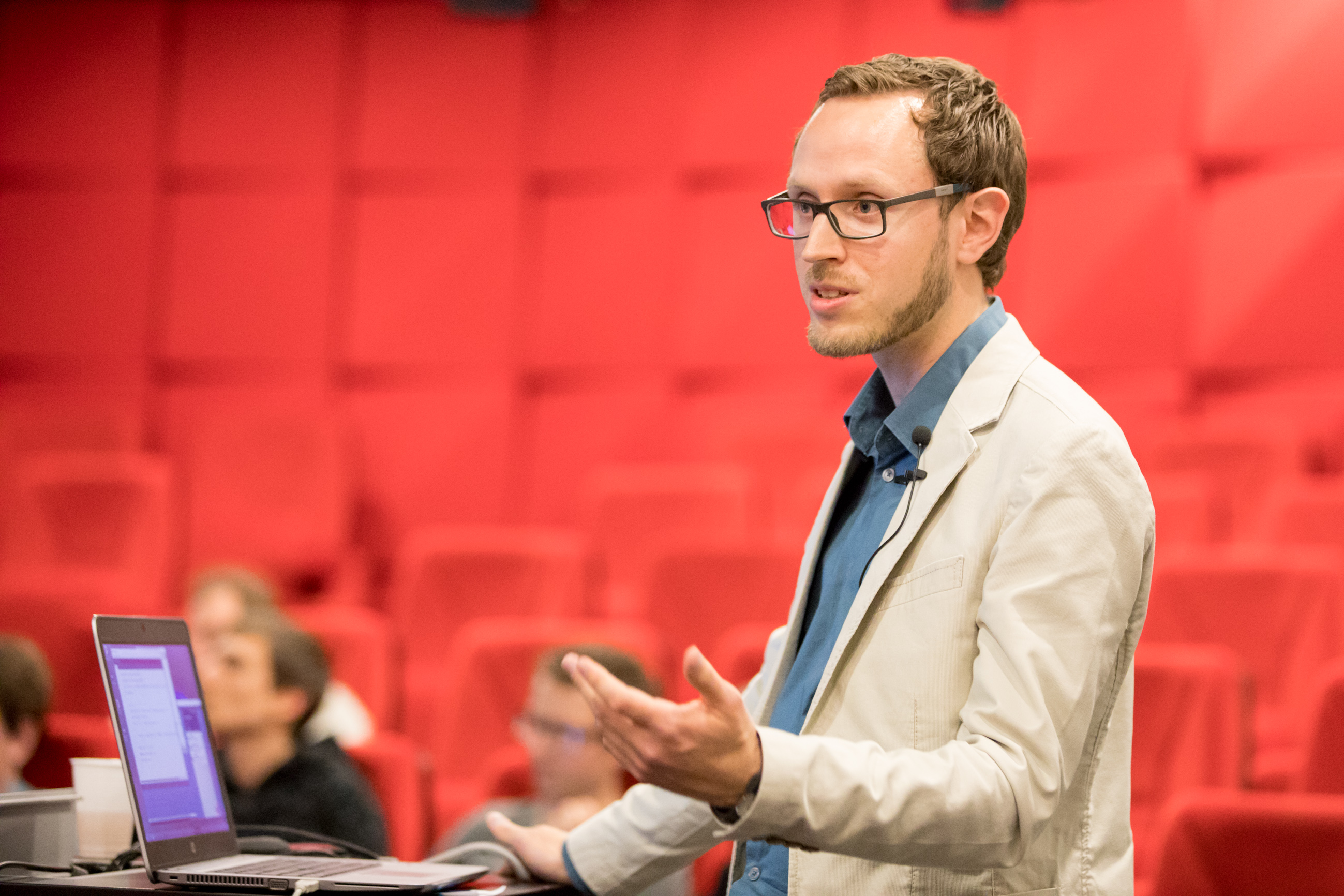Following the basic project setup of the first part of this article, we now get to the fascinating details of the ARCore SDK. Learn how to find and visualize planes. Additionally, I’ll show how to instantiate objects and how to anchor them to the real world using Unity.
Finding Planes with ARCore
The ARCore example contains a simple script to visualize planes, point clouds and to place the Android mascot. We’ll create a shorter version of the script here.
